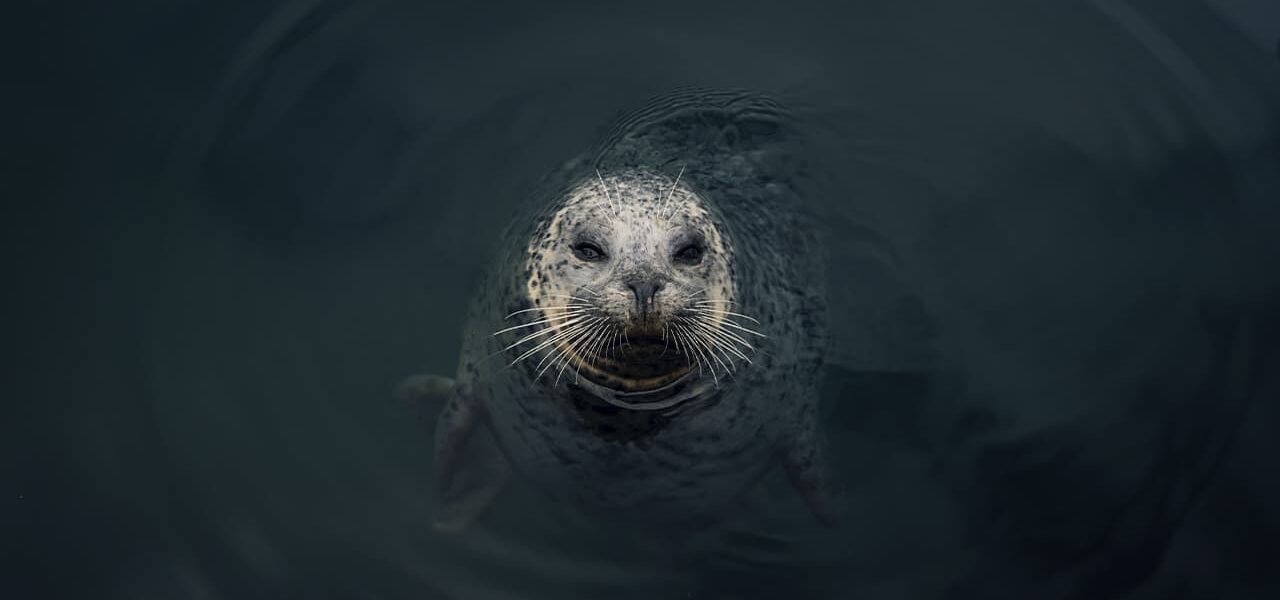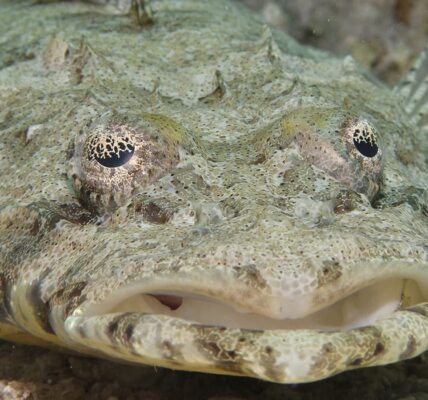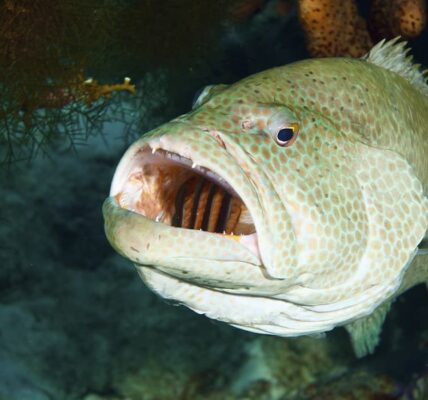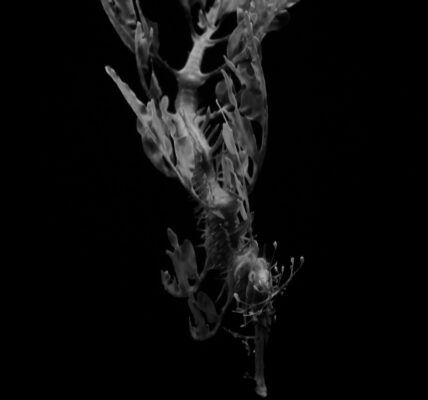A species of real seals of the order of carnivores (previously referred to the order of pinnipeds).
Endemic of the Caspian Sea. There are cases of individual animals entering the Volga. Body length is 120-148 cm, weight is about 50-60 kg. The sizes of females and males are about the same. The body coloration is almost monochromatic gray-brown with brown and dark spots. Numerous spots of irregular shape and different sizes are typical for an adult animal.
As in all semi-aquatic animals, the breeding and feeding grounds are sharply differentiated. The Caspian seal is biologically connected with the ice, where it breeds, nurses its pups and molts. The breeding range is conditioned by the ice cover and may vary depending on the ice formation in the western or eastern part of the North Caspian Sea. Seals use land for rookeries as well – shalygs (local name), sandy-shell islands, sea stony ridges. It is found in both shallow and deep waters. Feeding range varies annually according to the distribution of food organisms, cod. When obtaining food can dive to a depth of 80 m. The food is based on gregarious fish species, mainly sprat, about 1% of the seal’s diet consists of crustaceans. Every year, the Caspian seal undertakes movements from north to south in late spring and back from south to north in early autumn.
The animals migrate mostly in sparse, sparse groups. There are probably no permanent routes to the south and back to the north. They reach sexual maturity at 5-7 years of age. Breeding intervals are 2-3 years. Pregnancy lasts about 11 months. The female brings one puppy in her litter, twins are extremely rare. Lives up to 50 years. In winter, early spring, and late autumn, the Caspian seal migrates to the northern part of the sea, where it forms clusters on the ice, moulting and shedding, and in autumn enters the mouths of the Volga and Ural, up to Volgograd and upstream of the Ural River for 200 km, moving to the south in spring. It is kept in herds. It is threatened with extinction. One of the main negative factors leading to the reduction of the species is marine pollution.
At Obzhorovsky and Damchiksky sectors of the Reserve single Caspian seals are occasionally spotted in spring and autumn during their migrations behind fish shoals going to the branches of the Volga River for spawning and wintering. They are found not only in the avandelta water area of the Reserve, but also in the channels.
History of extinction
In nature, the Caspian seal has no natural enemies except man. The seal first appeared in the official register of game animals in 1740, but scientists began to collect the most complete data on the seal hunt – and its approximate population – only a century later.
Until the early XIX century the seal population was estimated at 160 thousand, and from the mid-20s to mid-50s approximately 100 thousand heads of seals per year. From 1867 to 1915, 115,000 carcasses per year were harvested. The population suffered most of all in the 1930s when the number of the Caspian seal decreased sharply from one million to 500 thousand due to hunting. Further the seals continued to slowly die in the nets of poachers and from other not so obvious reasons, until in the 90s of the last century they started talking about the necessity to save the population of endemics.
In the past 20 years of the XXI century mass death of seals has been observed several times, and to date the population numbers no more than 70 thousand individuals.
In 2000 about 30 thousand of Caspian seals were lost, and over 10 thousand carcasses were found on the coast of the country alone – this is the largest documented seal kill in the region. Later there were not so mass deaths, however, the dynamics is negative, as it is proved by another discovery of about 300 carcasses of dead animals on the Dagestan coast in December last year. One of the possible causes of pinniped death was later named as the emission of natural gas.



